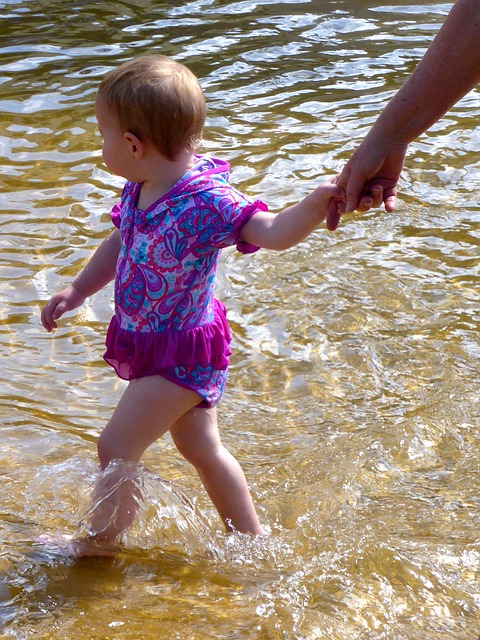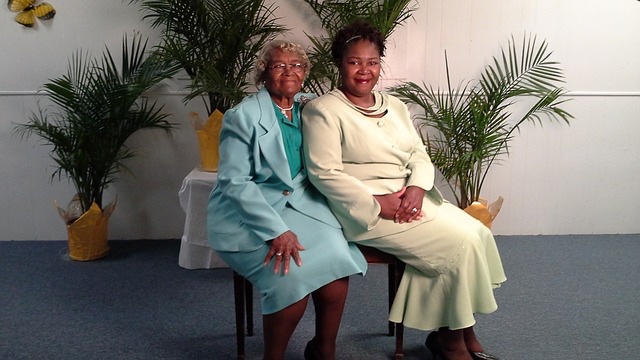
People with Parkinson's Disease and their partners ask:
"What can I do for myself other than taking my medication?"
Alexander technique is a way of improving the performance of activities of daily living for people with Parkinson's.
While dance or exercise programs offer satisfying and necessary periods of choreographed and strengthening movement, Alexander technique works with cognition as the means of teaching ways of thinking about organizing movement away from class while carrying out activities of daily living.
Upcoming workshops in Asheville NC:
MANAGING SYMPTOMS OF PARKINSON'S WITH ALEXANDER TECHNIQUE
for People with Parkinson's and their Partners and Health Professionals
Led by Monika Gross, Executive Director of THE POISE PROJECT
Thursday, July 14, 2016 from 10:00am-11:30am
and Wednesday, July 27, 2016 from 6:00pm-7:30pm
The Unitarian Universalist Congregation of Asheville, 1 Edwin Place
For more info or to confirm attendance please contact:
thepoiseproject2016@gmail.com or 828-254-3102
CLICK HERE FOR MORE INFORMATION ABOUT
MANAGING SYMPTOMS OF PARKINSON'S WITH ALEXANDER TECHNIQUE
CLICK HERE FOR MORE INFORMATION ABOUT
CURRENT RESEARCH IN ALEXANDER TECHNIQUE FOR PARKINSON'S
Toronto Canada resident, Robert Davis,
a patient at the Toronto Western Hospital Movement Disorders Clinic,
shares how Alexander technique has helped him manage his Parkinson's symptoms
 THE POISE PROJECT is an initiative to increase the reach of the educational principles of Alexander technique to preserve natural poise in youth and restore natural poise in adults. Our mission is realized through promotion of the profession, creating programs adapted for specific populations and industries, and supporting research in the field. We use a coordinated team approach uniting AT professionals, individuals who have benefited from AT, and industry experts.
THE POISE PROJECT is an initiative to increase the reach of the educational principles of Alexander technique to preserve natural poise in youth and restore natural poise in adults. Our mission is realized through promotion of the profession, creating programs adapted for specific populations and industries, and supporting research in the field. We use a coordinated team approach uniting AT professionals, individuals who have benefited from AT, and industry experts.
Go to thepoiseproject.org to learn more.
Please help us launch THE POISE PROJECT. Your contribution will make it possible for us to sustain the infrastructure and staff to maintain a single-minded, strategic and targeted focus on creating 21st century jobs for Alexander Technique teachers. We are committed to bringing AT to new populations and industries, and locating funding and delivery systems to bring the benefits of AT to broader socio-economic groups.
Make our first initiative, Alexander Technique for Parkinson's, a success. Please help us bring our motivated team -- comprised of people with Parkinson's who have benefited from AT, medical professionals who are eager to advocate for AT, and AT teachers with expertise in this field -- to the 4th World Parkinson Congress in Portland in September.
We are a 501c3 and therefore donations are considered tax deductible charitable contributions. (For Alexander Technique professionals, donations may be used as a professional deduction if preferred.)
Contributions by check should be made to:
The Poise Project
117 Furman Avenue
Asheville NC 28801
Additional contribution options through Chase and other banking services are available. Contact us at 828-254-3102 for more information. If you would like to make a contribution by credit card via Paypal, you may do so here:
If you would like updates about The Poise Project
or our Alexander Technique and Parkinson Initiative
please JOIN OUR NEWSLETTER
or CONTACT US

We will be hosting an Exhibit Booth as well as having abstracts presented about the positive potential for Alexander as part of the new partnership "team approach" for Parkinson's care at the upcoming 4th World Parkinson Congress. Please come visit us at Exhibit Booth #807!
Rochester MN Mayo Clinic wellness program participant, Dena Mamasis,
explains how Alexander technique has helped her Essential Tremor
Alexander technique & Wellness Program Classes:
The JCC in NYC in partnership with NYU Langone Hospital has an ongoing Alexander technique class for people with Parkinson's. This program is being replicated in Boston and Washington DC.
New Yorker Pat Vega participates regularly in the
Alexander technique for Parkinson class
at the JCC wellness program described below

